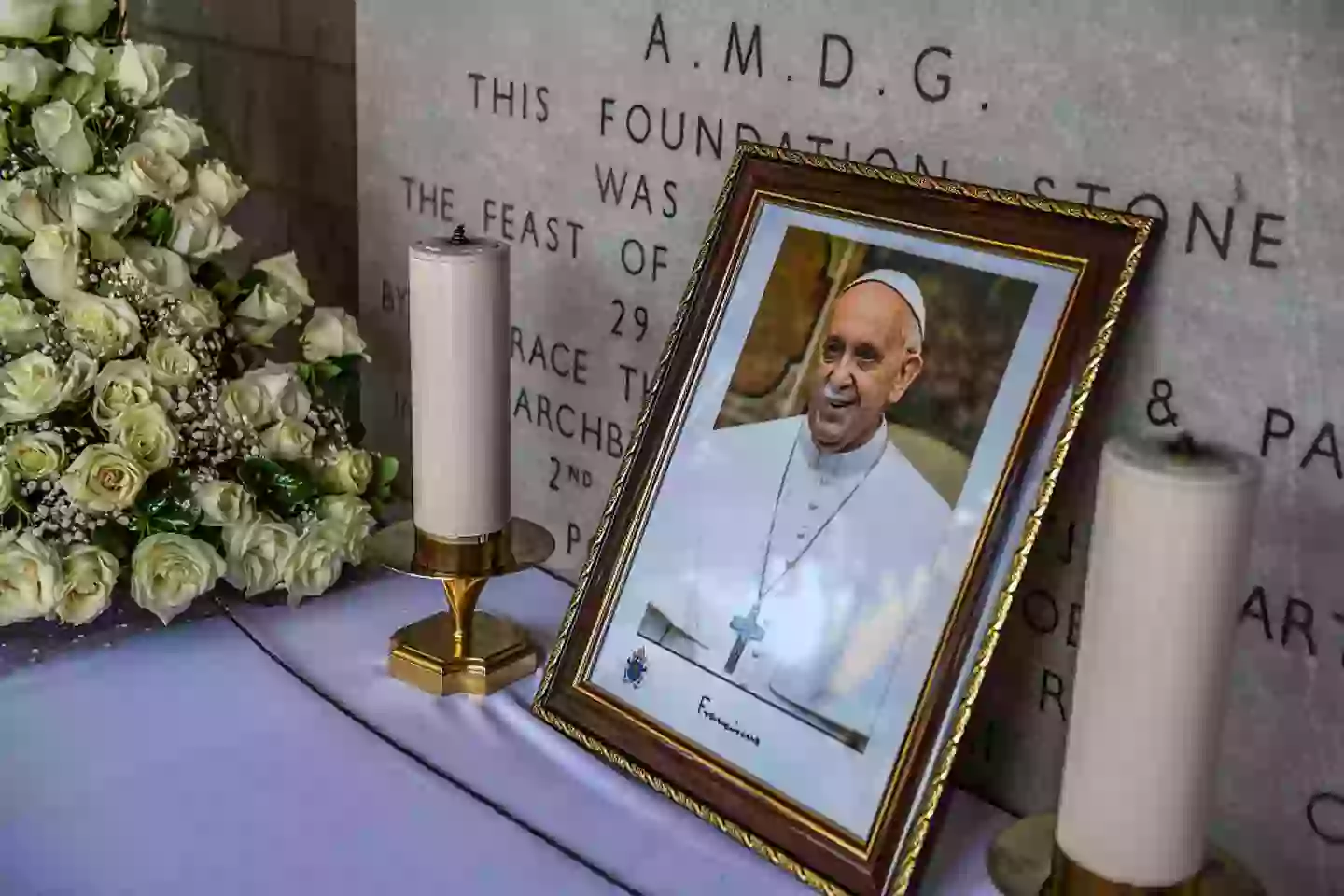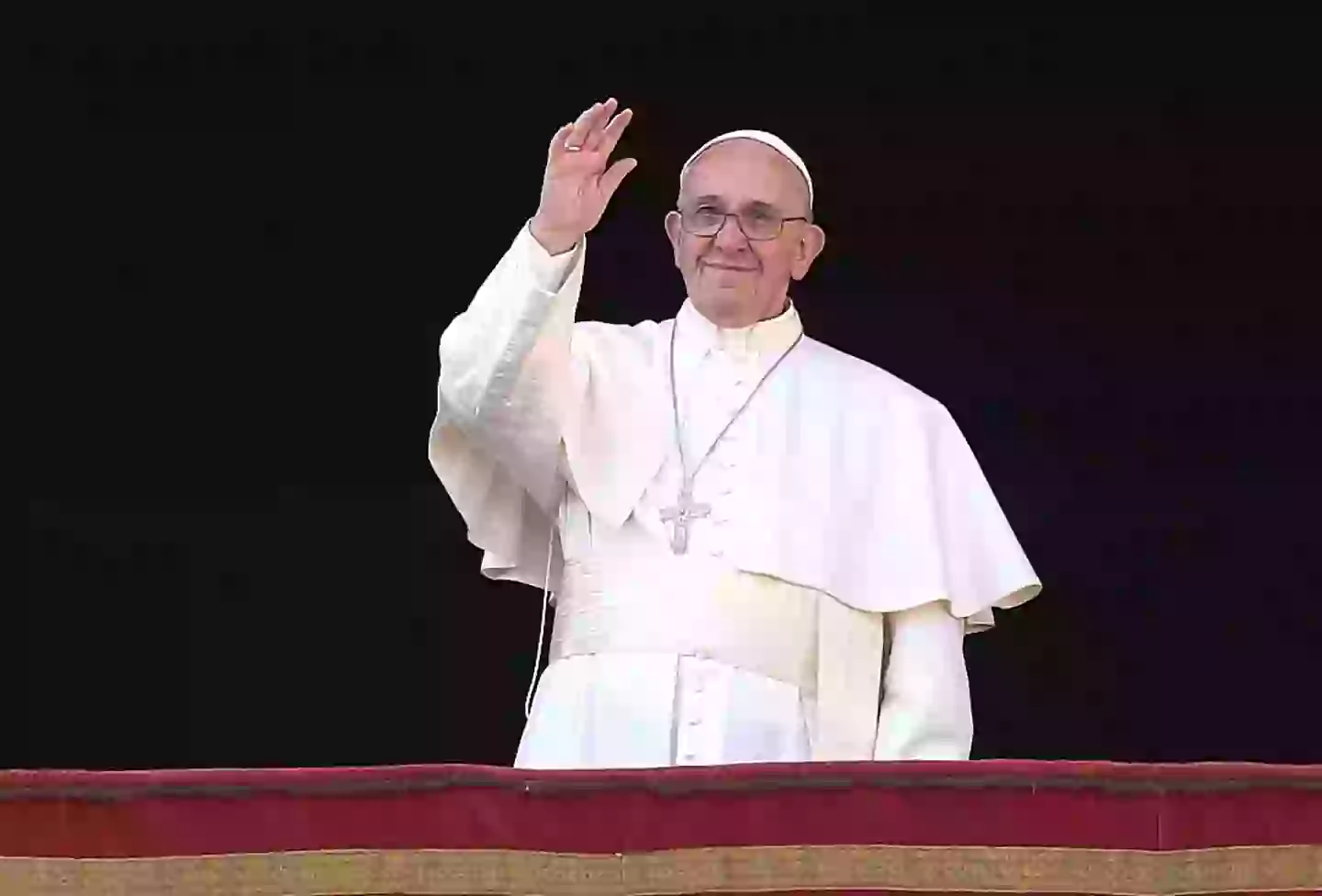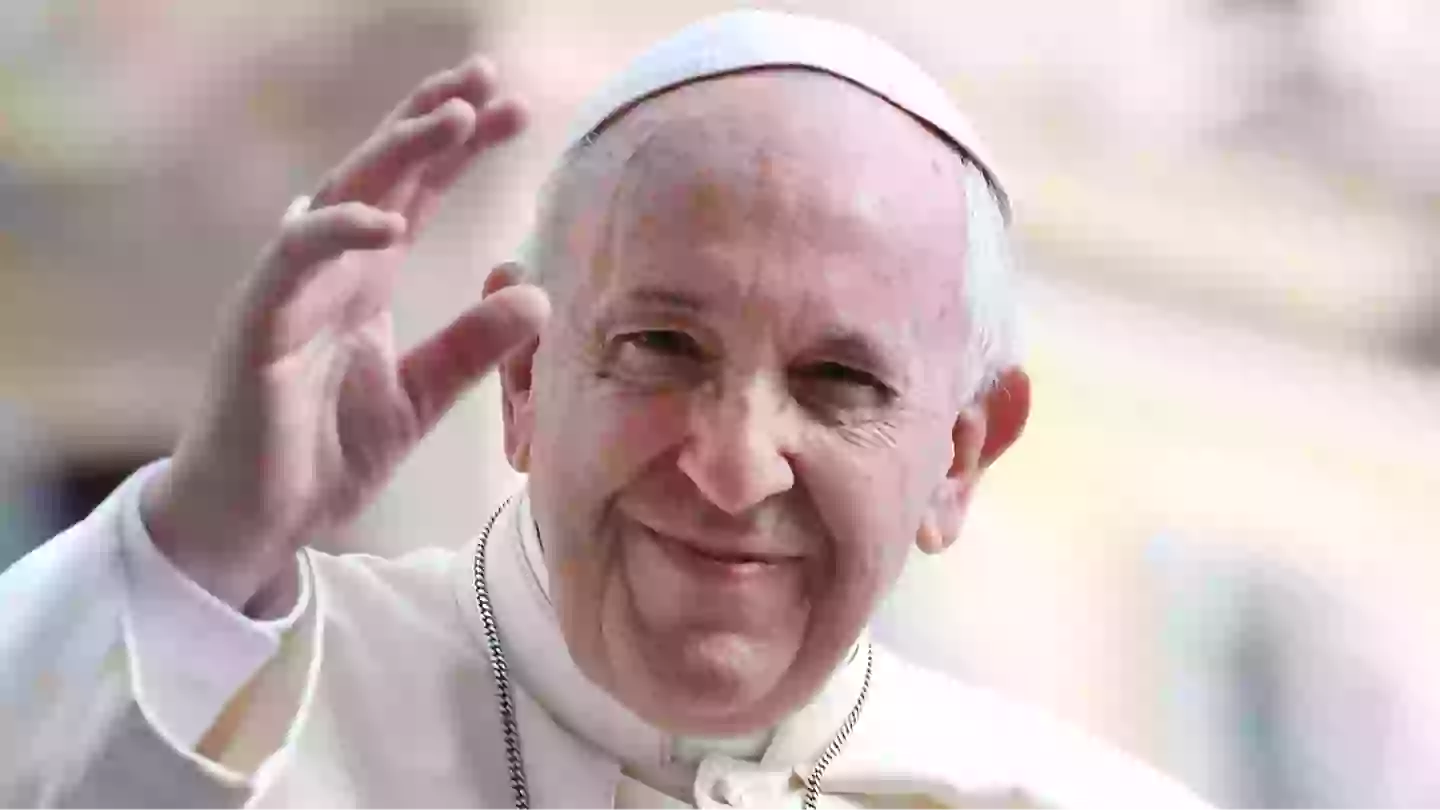Pope Francis, before his passing on Easter Monday, April 21, made specific requests regarding his funeral that diverge from traditional Vatican practices. The Pope, who was 88 at the time of his death and served for over ten years in his role, made changes to simplify the procedures surrounding a pope’s death by revising the ‘Ordo Exsequiarum Romani Pontificis’, also known as the ‘Funeral Rites of the Roman Pontiff’.
As is customary, Pope Francis was laid in state to allow the public to pay their respects, and following his death, his papal ring will be destroyed.
However, some aspects of his funeral proceedings will break from tradition, starting with the type of coffin he has chosen for his burial.

Pope Francis requested to be placed in a simple wooden coffin lined with zinc, which is a departure from the tradition of entombing a pope in three coffins made of cypress wood, lead, and oak. These materials each symbolized humility and mortality, preservation and protection, and dignity and strength, respectively.
Another significant change Pope Francis requested was regarding his burial location. Traditionally, a pope’s remains are interred in the grotto of St Peter’s Basilica in Vatican City. However, the revised rites allow for burial outside the Vatican if desired.
Pope Francis expressed his wish to be buried in a simple underground tomb in Rome’s papal basilica of Saint Mary Major. This makes him the first pope in over a century not to be buried at St Peter’s Basilica—the last being Pope Leo XIII in 1903.

Following his death, details about Pope Francis’ will and his requests were made public. His will expressed deep devotion to Mary, Mother of Jesus, stating: “I have always entrusted my life and priestly and episcopal ministry to the Mother of Our Lord, Mary Most Holy. Therefore, I ask that my mortal remains rest, awaiting the day of resurrection, in the Papal Basilica of Saint Mary Major.”
He continued, “I wish that my final earthly journey conclude precisely in this ancient Marian shrine, where I go to pray at the beginning and end of every Apostolic Journey… I ask that my tomb be prepared in the burial niche in the side nave between the Pauline Chapel and the Sforza Chapel of the aforementioned Papal Basilica, as indicated in the enclosed plan.”
Pope Francis also specified that his burial should be simple, without elaborate ornamentation, and marked only with the inscription: Franciscus.

